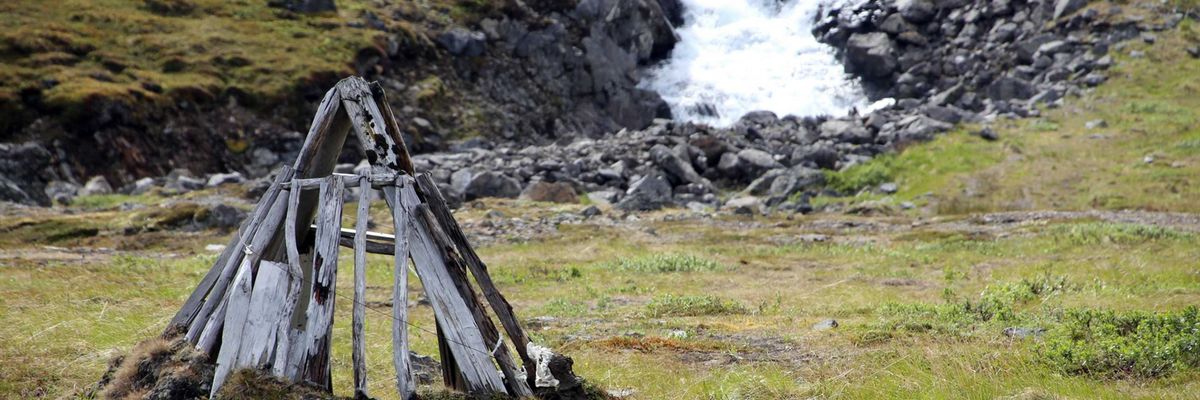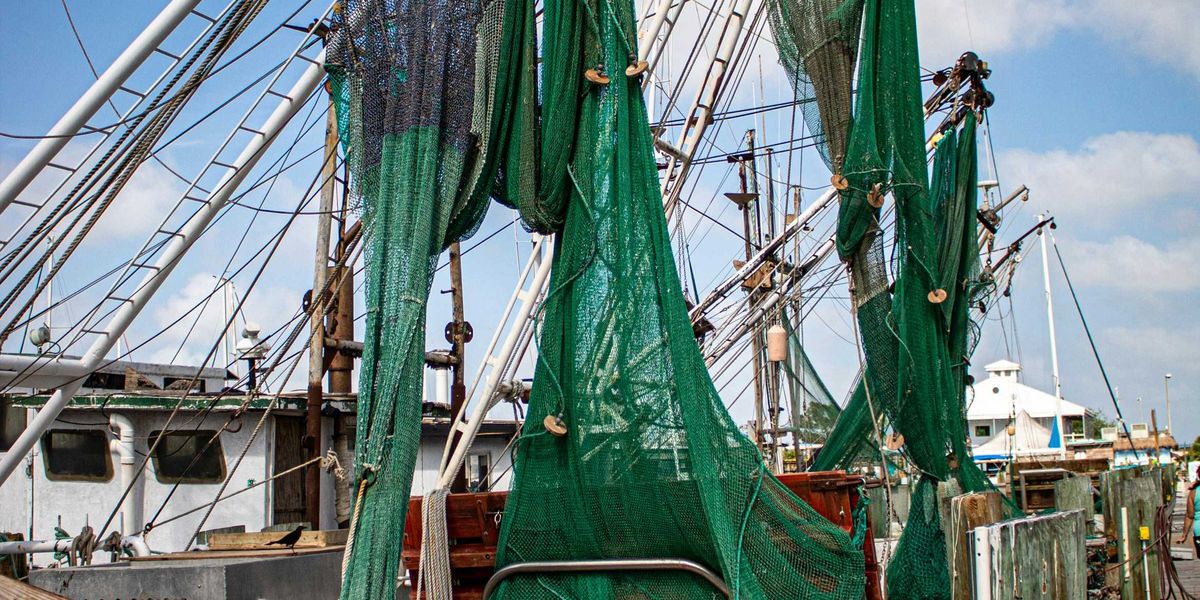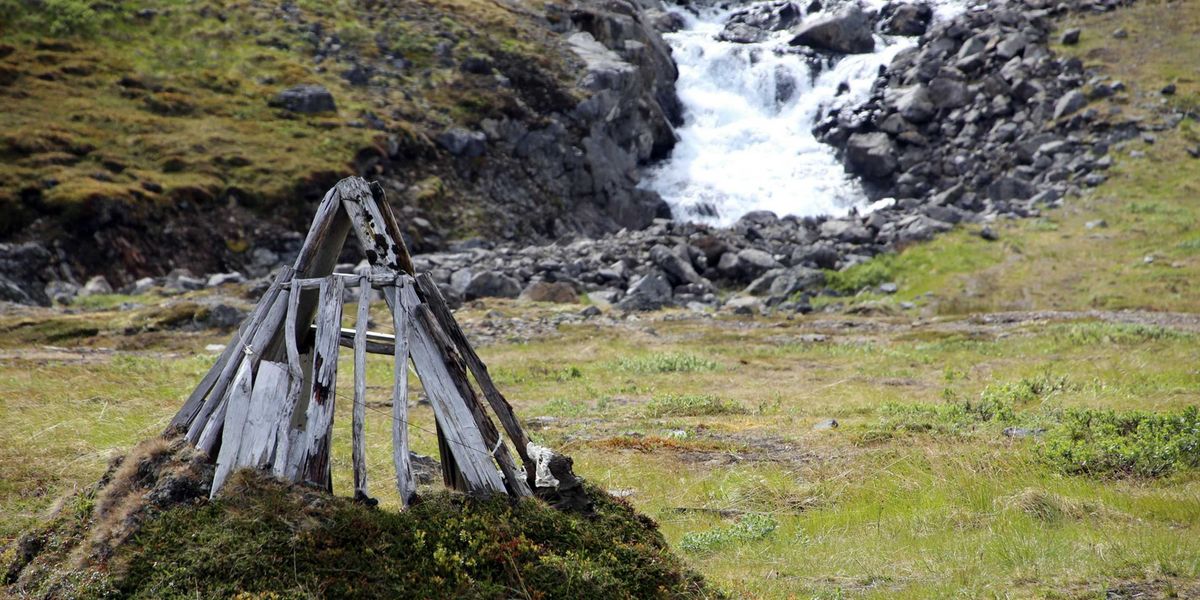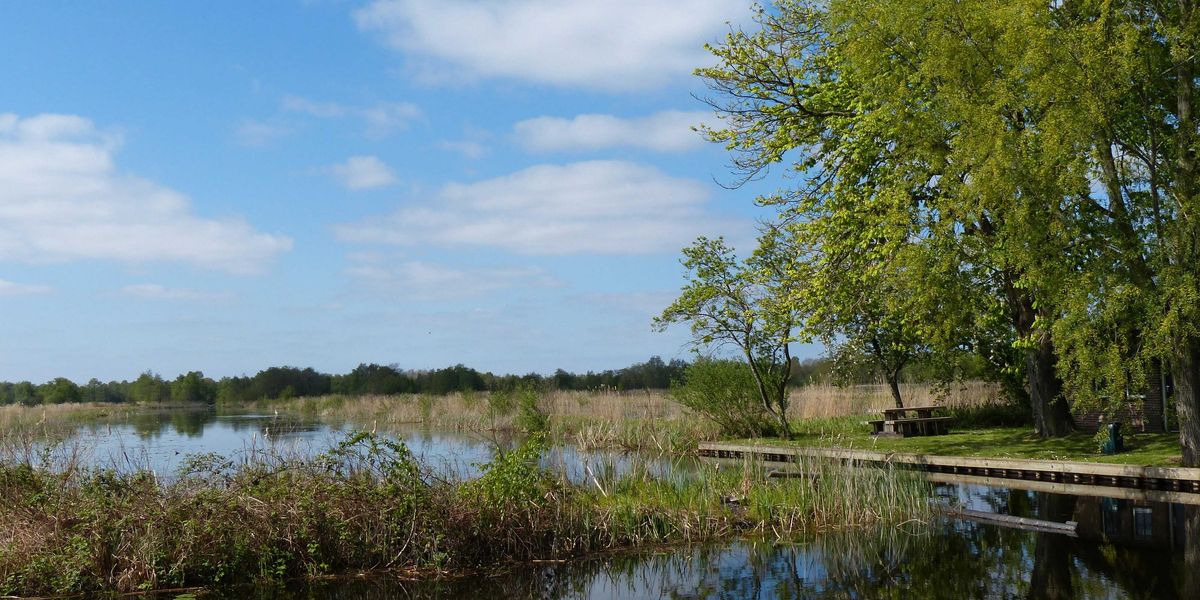canada
Canada’s 2023 wildfires released more carbon than nearly all countries
Wildfires that burned through Canada’s boreal forests in 2023 emitted more carbon dioxide than most countries, raising concerns about the future of global carbon storage.
In short:
- The 2023 Canadian wildfires emitted more carbon than all but three countries, complicating climate models.
- Boreal forests, vital for carbon storage, may no longer regrow as they used to due to frequent intense fires.
- Extreme weather, driven by climate change, is making catastrophic wildfires like these more common.
Key quote:
“These so-called flash droughts can really change things rapidly. It dried up real quick, real quick, and then you had lightning at the absolute worst time imaginable.”
— Marc-André Parisien, senior researcher, Canadian Forest Service
Why this matters:
As climate change accelerates, forests that once absorbed carbon may now contribute to global warming. This shift could worsen climate predictions, making it harder to limit global temperature rise.
Related EHN coverage:
Canada’s greenwashing law fails to halt politicians’ CCS advocacy
Despite new laws targeting misleading environmental claims, Canadian politicians continue to promote carbon capture and storage technology, which experts argue is an ineffective climate solution.
In short:
- Canadian officials, including environment minister Steven Guilbeault, have been vocal about CCS despite industry removing similar claims due to anti-greenwashing laws.
- The oil and gas industry has scrubbed CCS-related content from websites ahead of new regulations requiring proof of environmental claims.
- Studies indicate CCS is costly, slow to implement and largely ineffective at reducing emissions.
Key quote:
“Carbon capture technology has failed to make a dent in reducing climate pollution, despite decades of subsidies.”
— Julia Levin, Environmental Defence Canada
Why this matters:
Continued promotion of CCS by politicians undermines new regulations intended to prevent misleading environmental claims, potentially diverting resources from more effective climate strategies.
Related:
Canada imposes new tariffs on Chinese-made electric vehicles
Canada is enacting a 100% tariff on Chinese-made electric vehicles, mirroring U.S. actions taken due to China's alleged market-distorting subsidies.
In short:
- Canada announced the tariffs after discussions with U.S. national security advisor Jake Sullivan.
- Canada will also impose tariffs on Chinese steel and aluminum and may consider more tariffs on other goods.
- China condemned the tariffs as protectionist, warning of potential retaliatory actions.
Key quote:
“Actors like China have chosen to give themselves an unfair advantage in the global marketplace.”
— Justin Trudeau, Canadian Prime Minister
Why this matters:
These tariffs could escalate trade tensions between China, Canada and the U.S., impacting global markets and the electric vehicle industry. The dispute highlights ongoing concerns about China's influence on global trade.
Related:
Canadian wildfire smoke creates severe air pollution in New Jersey
A Rutgers study reveals that wildfire smoke from Canada in 2023 caused dangerous air pollution in New Jersey, particularly impacting vulnerable communities.
In short:
- Rutgers researchers found that wildfire smoke caused hazardous air quality in New Jersey on June 7, 2023.
- Vulnerable communities, particularly those lacking air conditioning, were at heightened risk from the pollution.
- The study suggests ongoing concerns due to the unique chemical composition of the smoke particles.
Key quote:
“We’re worried we don’t know enough about the composition [of these particles] to understand the full implications.”
— José Guillermo Cedeño Laurent, director of Rutgers CARE Lab
Why this matters:
Wildfire smoke poses a growing health threat as climate change increases the frequency and intensity of fires. The chemical composition of the smoke particles could have long-term health impacts, especially for those in disadvantaged communities.
Related EHN coverage:
Montreal’s hidden rivers resurface as recent floods disrupt highways
Montreal’s recent record rainfall exposed the locations of buried rivers, leading to severe flooding on city roads and neighborhoods, particularly on Highway 40.
In short:
- Montreal received up to 158 millimeters of rain in 24 hours, causing widespread flooding.
- Old maps reveal that rivers now confined underground contributed to the flooding of Highway 40.
- Urban planners suggest that better infrastructure and green solutions could mitigate future flooding.
Key quote:
“Our topography recalls the presence of these waterways.”
— Pascale Rouillé, urban planner and the founder of Les Ateliers Ublo
Why this matters:
As climate change leads to heavier rains, Montreal’s outdated infrastructure struggles to manage water, raising the risk of more frequent and severe flooding in the future.
Related EHN coverage:
Arctic heat surges to unprecedented levels
The Arctic is experiencing record-breaking temperatures due to intense heat domes, with some areas up to 40 degrees Fahrenheit above normal.
In short:
- Northern Canada, Alaska and Scandinavia have faced extreme heat, with temperatures reaching up to 100 degrees Fahrenheit in some Arctic locations.
- The heat, driven by climate change, is displacing cooler air, temporarily easing heat in parts of the U.S.
- Arctic sea ice is near its annual minimum, with levels among the lowest on record.
Key quote:
"In early August, snow and ice melting on the surface of the Svalbard ice caps reached the highest levels ever recorded."
— the European Union’s Copernicus Climate Service
Why this matters:
Persistent extreme heat in the Arctic accelerates ice melt, contributing to global sea level rise and further destabilizing the climate system. The ongoing climate shifts threaten ecosystems and human communities worldwide.
Related:
Boreal forests struggle to recover from frequent fires
Canada's boreal forests, crucial carbon storage ecosystems, are struggling to recover from increasingly frequent wildfires exacerbated by climate change.
In short:
- Boreal forests evolved to burn every century, but climate change has increased the frequency of fires, challenging tree regeneration, especially for black spruce.
- Last year’s fires burned a forest area the size of the Netherlands, affecting carbon storage, as burned trees release carbon dioxide into the atmosphere.
- Indigenous communities like the Dene are experiencing the effects, pushing for greater involvement in fire management policies to protect their lands.
Key quote:
“The entire bloody country was hot and dry at the same time (...) If you would have told me that a few years ago, I’d be like no, that doesn’t really make sense.”
— Marc-André Parisien, a senior researcher at the Canadian Forest Service.
Why this matters:
As fires increase in frequency, forests struggle to regrow, releasing more carbon dioxide into the atmosphere and accelerating climate change. The loss of black spruce and other trees threatens biodiversity, impacts Indigenous livelihoods and contributes to more severe global warming effects.









